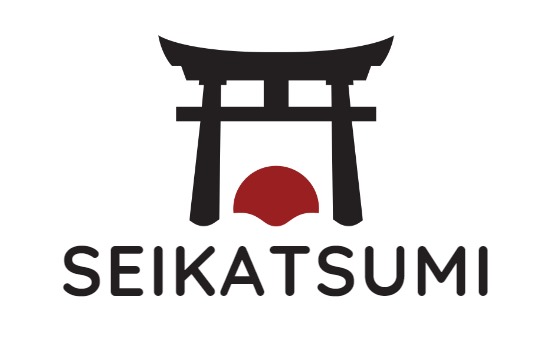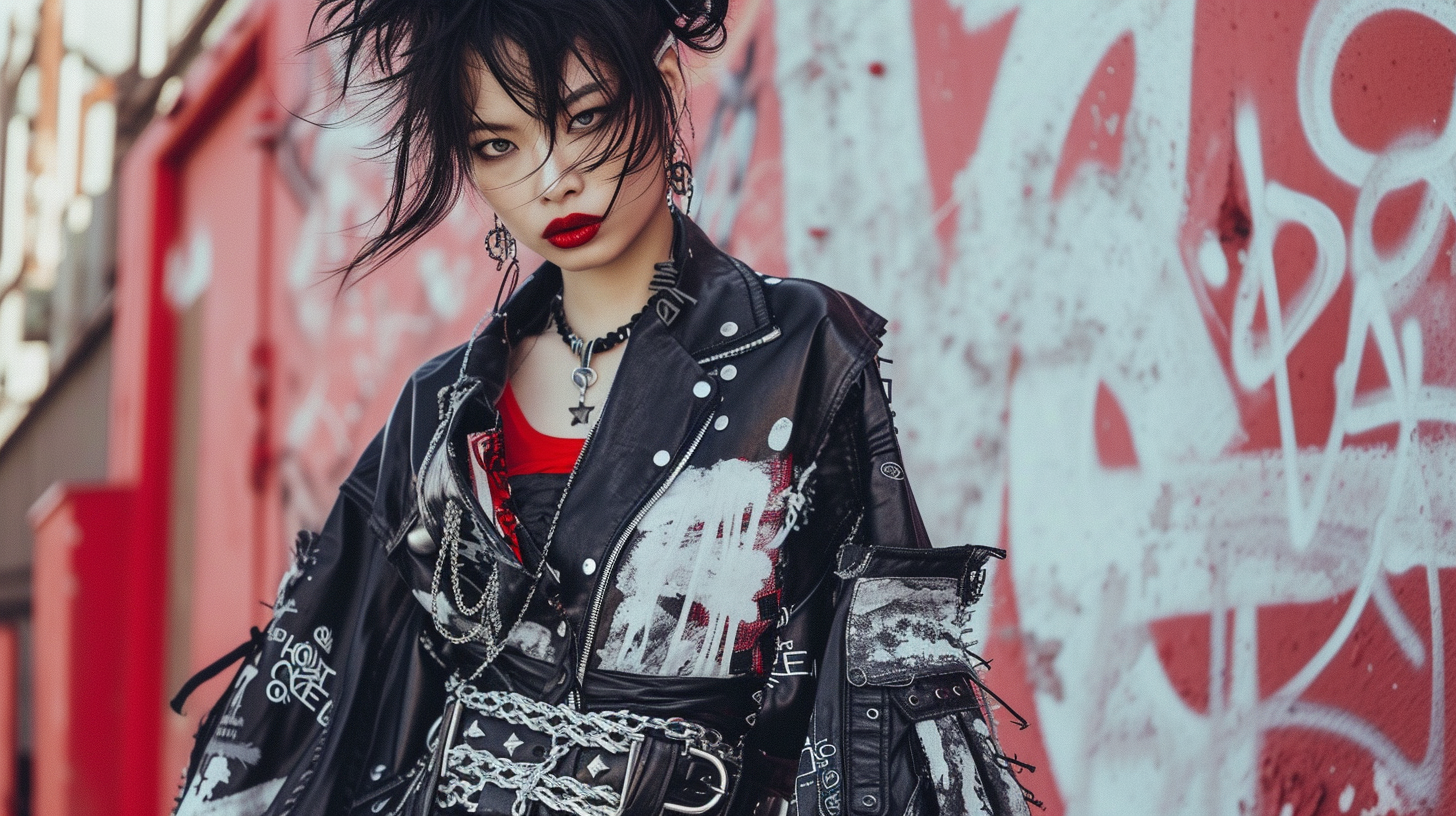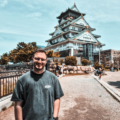Are you as captivated by Japan’s unique fashion trends as I am? You’re not alone!
From the vibrant Harajuku styles to Tokyo’s elegant business attire, Japan’s fashion scene is endlessly fascinating. But there’s one gem often overlooked: Japanese punk fashion.
If you’re picturing the classic Western punk look of ripped jeans and leather jackets, let me expand your horizon. Japanese punk fashion is that and so much more.
It’s a kaleidoscope of oversized, baggy silhouettes, vibrant colors, and traditional touches like kimono fabrics and obi belts. It’s a unique, electrifying style that’s just waiting to be explored.
So, why not dive in with me? Let’s embark on this exciting journey through the world of Japanese punk fashion together! 🙂
Origins of Japanese Punk Fashion
As a fashion subculture, Japanese punk style has its roots in the punk movement that originated in the 1970s in the United States and the United Kingdom.
However, Japanese punk fashion has evolved into a unique style with its own distinctive features.
Historical Context
During the 1970s, Japan was experiencing a time of political and social upheaval. The country was undergoing rapid industrialization, and the younger generation was becoming increasingly disillusioned with the conservative values of their parents.
This led to the emergence of a new counterculture that rejected traditional Japanese values and embraced punk music and fashion.
Influential Bands and Figures

Several influential bands and figures played a significant role in the development of Japanese punk fashion. One of the most important bands was The Stalin, a group that was known for their aggressive sound and politically charged lyrics.
Another influential band was The Blue Hearts, who were known for their catchy melodies and rebellious attitude.
In addition to these bands, several influential figures in the fashion industry helped to shape Japanese punk style. One of the most important was Jun Takahashi, the founder of the fashion label Undercover.
Takahashi’s designs were known for their edgy, punk-inspired aesthetic, and he helped to popularize the use of safety pins and other punk-inspired details in Japanese fashion.
Hey you! Are you interested in more fashion tips? Then be sure to check out our top articles! You definitely can’t miss it!
90s Japanese Fashion: A Nostalgic Trip Down Memory Lane 2024
Japanese Traditional Clothes Men: The Best Timeless Fashion Of Japan In 2024
30+ Japanese Minimalist Fashion Outfits: Simplicity and Elegance 2024
Key Elements of Japanese Punk Style
As a fashion style that thrives on rebellion and individuality, Japanese punk fashion has become a global phenomenon captivating the world with its unique blend of punk and traditional Japanese style.
Clothing

Japanese punk fashion is characterized by its edgy and rebellious clothing pieces. Popular clothing items include black leather jackets, ripped jeans, oversized t-shirts, and fishnet stockings.
The style often incorporates bright colors and bold patterns, such as plaid and stripes. Japanese punk fashion also embraces DIY culture, with many individuals customizing their clothing with patches, studs, and safety pins.
Accessories

Accessories are an essential part of Japanese punk fashion, adding an extra edge to the overall look. Popular accessories include studded belts, chokers, spiked bracelets, and chunky boots.
Japanese punk fashion often incorporates traditional Japanese elements, such as wearing geta sandals with punk clothing or using a traditional Japanese fan as an accessory.
Hairstyles and Makeup

Hairstyles and makeup play a significant role in Japanese punk fashion, allowing individuals to express their individuality and creativity. Brightly colored hair, such as vibrant shades of blue, pink, and green, is commonly seen in Japanese punk fashion.
The style also embraces bold and edgy hairstyles, such as mohawks, shaved heads, and asymmetrical cuts.
Makeup is often bold and dramatic, with heavy eyeliner and dark lipstick being popular choices.
Subcultures within Japanese Punk
As a huge fan of Japanese punk fashion, I am excited to share with you some of the subcultures within this unique style.
Japanese punk fashion is incredibly diverse, with many different subcultures that each have their own distinct style and characteristics.
Visual Kei
Visual Kei is a subculture within Japanese punk that is known for its elaborate costumes, makeup, and hairstyles. Visual Kei bands often incorporate elements of glam rock, goth, and metal into their music and fashion.
The style is characterized by androgynous looks, with both men and women wearing makeup and feminine clothing.
In Visual Kei, the emphasis is on creating a unique and theatrical stage persona, with many bands incorporating props and special effects into their performances.
Angura Kei

Angura Kei is a subculture within Japanese punk that is known for its dark and edgy style. The name “Angura” comes from the Japanese word for “underground,” and this subculture is often associated with counterculture and anti-establishment movements.
The style is characterized by black clothing, heavy makeup, and punk hairstyles. Angura Kei bands often incorporate political and social commentary into their music and lyrics, with a focus on issues like poverty, inequality, and government corruption.
Oshare Kei

Oshare Kei is a subculture within Japanese punk that is known for its colorful and playful style. The name “Oshare” means “fashionable” in Japanese, and this subculture is all about creating a fun and vibrant look.
Oshare Kei fashion often incorporates bright colors, bold patterns, and cute accessories like bows and ribbons. The style is characterized by a mix of punk and pop influences, with many bands incorporating elements of J-pop and anime into their music and fashion.
Fashion Evolution and Trends
As a fan of Japanese punk fashion, I’m always excited to explore the latest trends and styles in the scene.
Over the years, Japanese punk fashion has undergone a remarkable transformation, reflecting the country’s rich cultural heritage and its embrace of modern influences.
From 1980s to Present

The 1980s marked the birth of Japanese punk fashion, which was heavily influenced by the punk and new wave movements in the West.
Japanese punks were known for their bold and unconventional style, which often featured ripped clothing, safety pins, and leather jackets.
The punk scene in Japan was also characterized by its DIY ethos, with many punks creating their own clothing and accessories.
In the 1990s and 2000s, Japanese punk fashion continued to evolve, with new styles and subcultures emerging. The rise of visual kei, a subgenre of Japanese rock music that emphasizes elaborate costumes and makeup, helped to popularize a more theatrical and flamboyant style of punk fashion.
Meanwhile, the emergence of streetwear culture in Japan led to the development of a more casual and sporty style of punk fashion.
Today, Japanese punk fashion continues to be a vibrant and dynamic scene, with a wide range of styles and subcultures to explore.
From classic punk looks to more avant-garde and experimental styles, there’s something for everyone in the Japanese punk scene.
Western Influences

One of the defining characteristics of Japanese punk fashion is its fusion of Western and Japanese influences.
While the punk scene in Japan was heavily influenced by the punk and new wave movements in the West, Japanese punks also drew inspiration from traditional Japanese clothing and aesthetics.
For example, the kimono, a traditional Japanese garment, has been reimagined in a punk context, with designers incorporating punk elements like studs, zippers, and safety pins into their designs.
Meanwhile, Japanese punk fashion has also been influenced by Western subcultures like goth and grunge, resulting in a unique and eclectic style that blends different cultural influences.
Contemporary Variations
Today, Japanese punk fashion is more diverse than ever, with a wide range of styles and subcultures to explore.
Some of the most popular subcultures within the Japanese punk scene include visual kei, gyaru, and decora.
Visual kei, as mentioned earlier, is a subgenre of Japanese rock music that emphasizes elaborate costumes and makeup.
Gyaru, on the other hand, is a subculture that originated in the 1990s and is characterized by its glamorous and flamboyant style, often featuring bright colors, fake eyelashes, and platform shoes.
Decora, meanwhile, is a subculture that emphasizes bright and colorful accessories, like hair clips, bracelets, and necklaces.
Japanese Punk Fashion in Popular Culture
As a fashion enthusiast, I have always been fascinated by the unique styles that emerge from different cultures around the world. Japanese punk fashion is no exception.
It is a style that has been influenced by a variety of factors, including music, anime and manga, and street fashion photography.
Music Scene

Japanese punk music emerged in the late 1970s and early 1980s, and it had a significant impact on the country’s fashion scene. Bands like The Stalin and The Blue Hearts were known for their rebellious and edgy style, which included leather jackets, studded belts, and ripped jeans.
This style quickly caught on among young people, and it became synonymous with the punk music scene in Japan.
Anime and Manga
Anime and manga have played a significant role in shaping Japanese punk fashion. Many popular anime and manga series feature characters who dress in punk-inspired clothing, such as leather jackets, band t-shirts, and combat boots.
These characters have become cultural icons, and their style has influenced the fashion choices of many young people in Japan.
Street Fashion Photography
Street fashion photography has also played a significant role in popularizing Japanese punk fashion. Photographers like Shoichi Aoki and Masayuki Yoshinaga have captured the unique styles of young people on the streets of Tokyo and other major cities in Japan.
These photographs have been featured in magazines like FRUiTS and Street, and they have helped to spread the punk fashion trend to a wider audience.
My personal favorite punk outfit!

I absolutely love the Japanese Punk Fashion scene, particularly how it incorporates ripped jeans and denim into its unique style. The rugged, distressed look of torn denim really encapsulates the rebellious spirit that this fashion embodies.
And let’s talk about the color black – it’s a staple in my wardrobe. Black clothing, in its sleek and timeless elegance, adds a certain depth and intensity to the punk aesthetic. It’s the perfect canvas to express individuality and defiance.
To top it all off, chunky black shoes are the icing on the cake. They’re not just a fashion statement; they ground the entire outfit, giving it a bold and unapologetic edge.
In my opinion, when these elements come together, they create the quintessential Japanese Punk Fashion outfit – edgy, stylish, and unforgettably cool.
Frequently Asked Questions
What is Japanese Punk Fashion?
A unique fashion style blending traditional punk elements with Japanese cultural influences.
How did Japanese Punk Fashion originate?
It emerged in the 1970s and 1980s, influenced by Western punk music and fashion.
What are key features of Japanese Punk Fashion?
Bold colors, eclectic accessories, layered clothing, and a mix of traditional and modern elements.
If you liked this blog article about Japanese Punk Fashion, don’t forget to follow us on Pinterest so you don’t miss any more fashion tips.
Let us know, which of the above is your favorite punk outfit!




